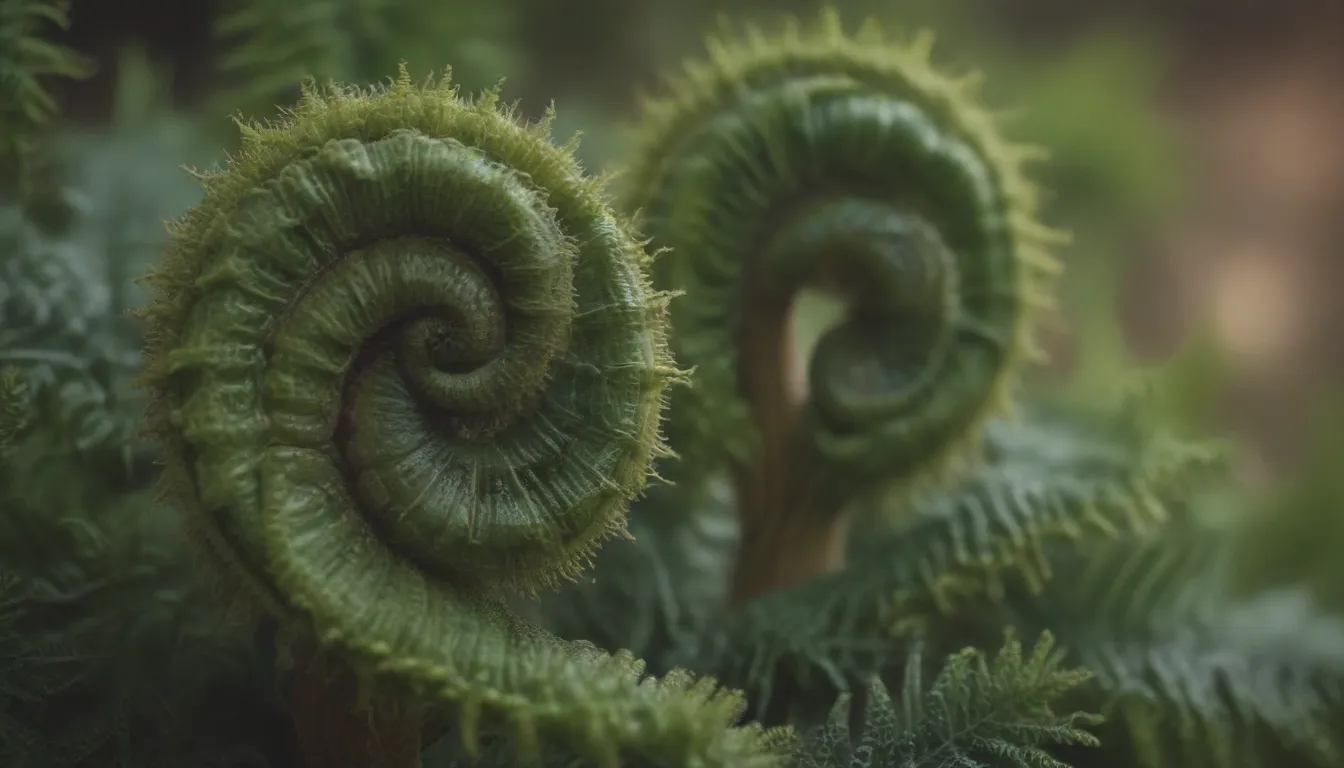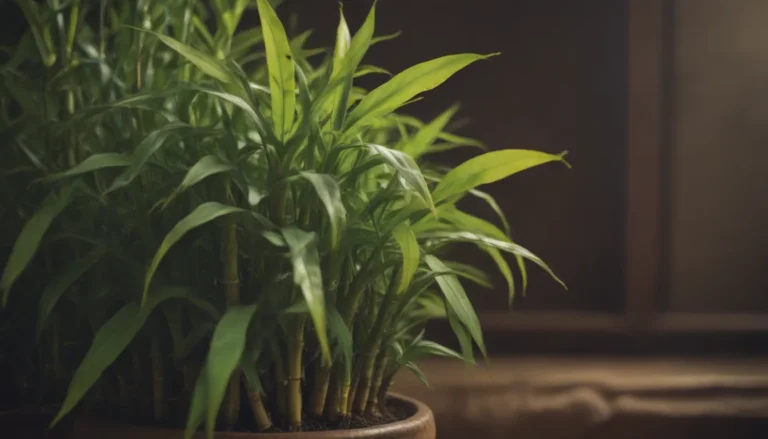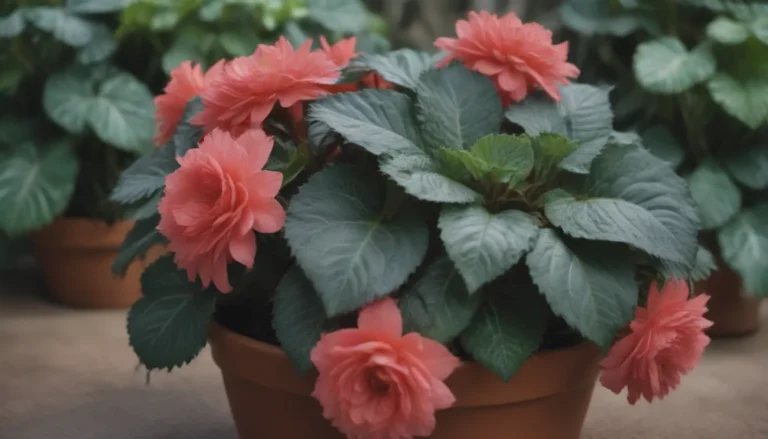Everything You Need to Know About Growing and Caring for Fiddlehead Ferns

If you’ve ever dined at a fancy restaurant or perused a bustling farmer’s market in the spring, chances are you’ve come across fiddlehead ferns. These delicate fronds, often likened to the scroll-like head of a fiddle or violin, are a popular delicacy that stems from various fern species. However, the ostrich fern, in particular, is the edible type most commonly used in culinary dishes.
Understanding Fiddlehead Ferns
Fiddlehead ferns have a distinct growth pattern, starting as tightly coiled delicate crosiers that quickly unfurl into vibrant green fronds. The growing season typically kicks off in the spring after the threat of frost has passed, with these ferns sprouting up rapidly. It’s important to note that the edible fiddlehead fern season is short, lasting only a few weeks each year.
Fiddlehead Fern Care Tips
When it comes to caring for fiddlehead ferns, ensuring they have the right conditions is key to their success. Here are some essential care tips to keep in mind:
-
Light: Fiddlehead ferns thrive in light to partial shade, although they can adapt to full shade or full sun if the soil is consistently moist and nutrient-rich.
-
Soil: Opt for average to fertile soil that is humus-rich, slightly acidic, and moist. Consider adding compost to enhance the soil quality.
-
Water: Make sure to provide your ferns with at least 1 to 2 inches of water per week, and never let the soil dry out. Mulching around the base of the plants can help retain moisture.
-
Temperature and Humidity: Ostrich ferns can withstand temperatures as low as -4 degrees Fahrenheit but prefer ideal temperatures ranging from 55 to 80 F. Keep the air around the fern moist by misting it regularly or using a humidifier.
-
Fertilizer: While fiddlehead ferns generally do not require fertilization in compost-enriched soil, a light feeding of balanced, slow-release plant food can be beneficial during the spring season.
Types of Fiddlehead Ferns
With over 10,000 fern species worldwide, it’s essential to know which ones are safe for consumption. Some edible fiddlehead ferns include Western sword fern, Lady fern, and Bracken fern. Remember always to cook fiddleheads properly before eating them.
Pruning and Propagating Techniques
Regular pruning helps keep ferns looking fresh by removing dead or disfigured fronds. It’s best to prune in early spring or after new growth has emerged. Additionally, propagating ferns can be done through division, allowing you to control overgrowth and expand your fern collection.
Potting and Overwintering Tips
Repotting ferns every three to five years is recommended to ensure healthy growth. Clay pots are ideal for retaining moisture, while shallow pots with proper drainage help prevent waterlogging. As for overwintering, ostrich ferns can survive in most outdoor locations but may benefit from reduced watering and plant food in colder temperatures.
Common Pests and Plant Diseases
Ostrich ferns are relatively resistant to pests like deer and rabbits but may attract snails and slugs due to their moist soil. Insecticides can be used to control pests like the ostrich fern borer moth, but it’s best to avoid disrupting their natural habitat. Additionally, watch out for gangrene caused by fungus, which can be identified by small black patches on fronds.
Troubleshooting Common Issues
If you encounter problems like browning or curling leaves, yellowing foliage, or stunted growth, adjust factors such as watering, sunlight exposure, and pot type to rectify the issue. Remember to provide adequate sunlight, keep the soil moist, and maintain optimal humidity levels for your ferns to thrive.
In conclusion, growing and caring for fiddlehead ferns can be a rewarding experience when you provide them with the right environment and attention they need. With these tips in mind, you can enjoy the beauty and culinary delights that fiddlehead ferns have to offer. So, why not give it a try and add these elegant fronds to your garden or indoor plant collection?





